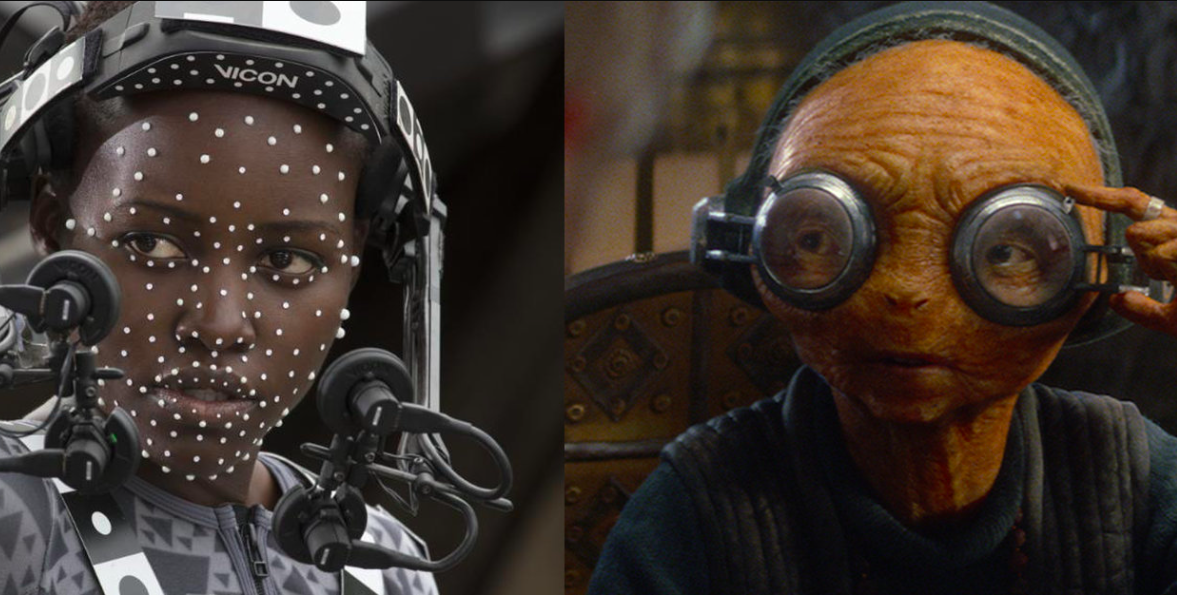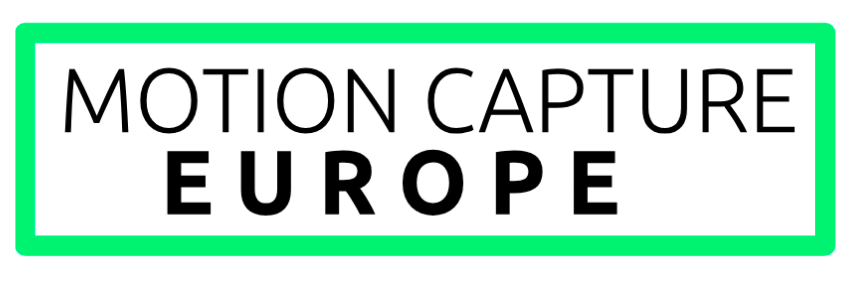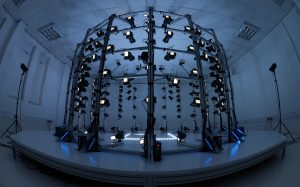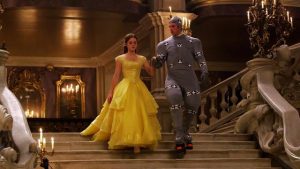Facial capture is the process of recording the movements of a person’s face and translating them into digital data. This data can then be used to create realistic facial expressions for digital characters in video games, movies, and other digital media.
There are two main types of facial capture: optical and marker-based.
Optical facial capture uses cameras to track the movements of facial features, such as the eyes, nose, mouth, and cheeks. The data from the cameras is then used to create a digital model of the actor’s face.
Marker-based facial capture uses small markers that are placed on the actor’s face. The markers are tracked by cameras, which capture the actor’s movements from different angles. The data from the cameras is then used to create a digital model of the actor’s face.
Both optical and marker-based facial capture can be used to create realistic facial expressions. However, marker-based facial capture is typically more accurate, especially for capturing subtle facial movements.
Facial capture is used in a variety of industries, including video games, movies, television, and animation. It is used to create realistic and expressive digital characters that can be used in a variety of applications.
Here are some examples of how facial capture is used:
- Video games: The characters in the video game series Uncharted and The Last of Us were animated using facial capture.
- Movies: The characters in the Avatar movie were animated using facial capture.
- Animation: The characters in the animated movie How to Train Your Dragon were animated using facial capture.
Benefits of using facial capture
There are a number of benefits to using facial capture, including:
- Realism: Facial capture allows animators to create realistic facial expressions that would be difficult or impossible to create by hand.
- Efficiency: Facial capture can save animators a lot of time and effort, as they don’t have to keyframe every facial expression by hand.
- Quality: Facial capture can help animators to produce high-quality animations, even if they are not experienced animators.
- Consistency: Facial capture can help to ensure that the facial expressions of characters are consistent from scene to scene.
- Real-time tracking: Facial capture can be used to track the facial expressions of actors in real time, which is useful for video games and VR applications.

Facial capture is a powerful tool that can be used to create realistic and expressive facial expressions for digital characters. Facial capture is used in a variety of industries, including video games, movies, television, and animation.
Facial capture is an essential tool for anyone who wants to create realistic and engaging digital characters. By using facial capture, animators can create characters that can express a wide range of emotions in a natural and believable way.



